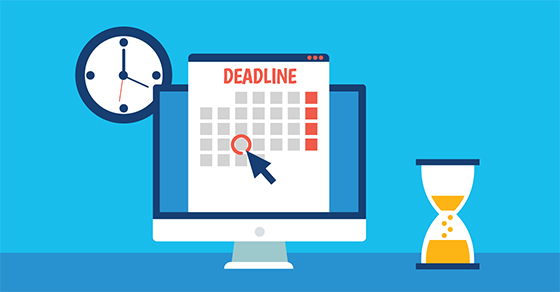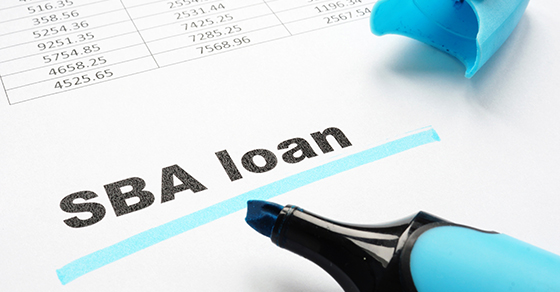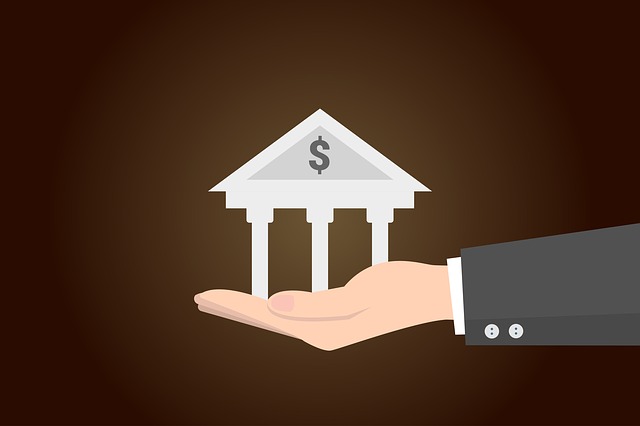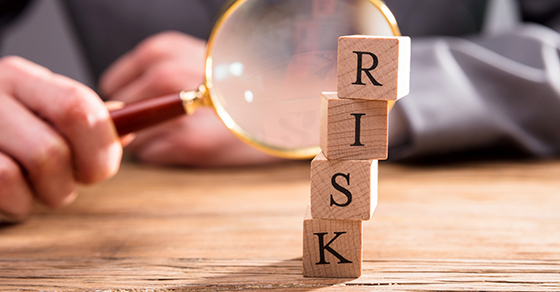On May 23, the Small Business Administration (SBA) issued an interim final rule for the Paycheck Protection Program (PPP) that included the loan forgiveness application guidance released May 15, as well as other updated guidance.


On May 23, the Small Business Administration (SBA) issued an interim final rule for the Paycheck Protection Program (PPP) that included the loan forgiveness application guidance released May 15, as well as other updated guidance.

The Small Business Administration (SBA) has released its long-awaited Paycheck Protection Program (PPP) forgiveness form for borrowers. The release on May 15 brought with it significant changes to the interpretation of some components of forgiveness that were not previously known.

The CARES Act allows all employers to defer the deposit and payment of the employer’s share of social security (SS) taxes (6.2%) and self-employed individuals to defer payment of certain self-employment taxes. The timing of the deferral will depend in whether or not the employer receives a loan under the Payroll Protection Program

Many companies have been significantly impacted by the downturn in the economy caused by the COVID-19 fallout. As such, the impact on your operation should be documented to support the need for the PPP loans.

Current market conditions around COVID-19 have reduced workload and forced difficult cost-saving decisions. In addition, heightened marketplace competition makes it critical that you understand what really drives your profits. A strategic cost review grounded in the knowledge of your cost structure, workflow and productivity measures can help managers focus on activities that bring the most value and allow you to align your pricing strategies to maximize profits.

The Coronavirus Aid, Relief, and Economic Security (CARES) Act signed into law on March 27 provides $349 billion in funding for the Small Business Administration (SBA) in an effort to provide assistance and relief to America’s small businesses struggling under the weight of COVID-19. The Act included a paycheck protection provision for small businesses by providing additional funding to the SBA for specific areas of need and expanding the SBA’s 7(a) loan program.

Small businesses are now eligible for up to $2 million in Economic Injury Disaster Loans from the Small Business Administration (SBA). President Trump has called for an additional $50 billion in funding to the SBA’s lending program from Congress. While the $50 billion is not yet approved, the SBA can issue an Economic Injury Disaster Loan declaration, thanks to the Coronavirus Preparedness and Response Supplemental Appropriations Act.
Knowing what to expect before starting the loan process will help prevent unnecessary errors and rework. Completing the application process quickly and accurately will be key as there will be high demand and processing times will likely increase. We’ve put together the following summary of what business owners can expect when applying for an SBA loan.

Qualified small businesses are now eligible for up to $2 million in Economic Injury Disaster Loans from the Small Business Administration (SBA) after President Trump called for an additional $50 billion in funding to the SBA’s lending program from Congress in response to COVID-19. While the SBA waits for the $50 billion to be approved, they can deliver an Economic Injury Disaster Loan declaration in response to the Coronavirus Preparedness and Response Supplemental Appropriations Act recently signed by the president.

The word “concentration” is usually associated with a strong ability to pay attention. Business owners are urged to concentrate when attempting to resolve the many challenges facing them. But the word has an alternate meaning in a business context as well — and a distinctly negative one at that.

The end of one year and the beginning of the next is a great opportunity for reflection and planning. You have 12 months to look back on and another 12 ahead to look forward to. Here are five ways to strengthen your business for the new year by doing a little of both:

Device policies pertaining to smartphones and other technology tools are evolving. Loose “bring your own device” (BYOD) policies are giving way to stricter “choose your own device” (CYOD) or “corporate-owned, personally enabled” (COPE) policies. A CYOD policy lets employees buy a device for combined personal/work use from a company-approved list. Generally, the employee owns the device while the business owns the SIM card and any proprietary data. Under a COPE policy, the employer buys and owns the device, which is intended for business use. The cost is higher, but it comes with greater control. We can help you analyze the potential costs of a device policy and make the right choice.

The best salespeople are closers, who seal the deals and pull in the revenue that drives a company’s bottom line. And they all have these three things in common.
LB Carlson was involved throughout the entire process including; initial valuation and assessment of investment opportunity, Letter of Intent negotiations, preparation of financial projections, due diligence, financing assistance, review of definitive agreements, structuring, general consultation and advisory to John Roberts…

Ask many entrepreneurs and small business owners to show you their financial statements and they’ll likely open a laptop and show you their bookkeeping software. Although tracking financial transactions is critical, spreadsheets aren’t financial statements. In short, financial statements are…

The Research and development (R&D) tax credit is a permanent fixture in the tax code. Some estimates put the amount of credit claimed at over $13 billion annually. This credit was established by congress to encourage business innovation, process improvement…